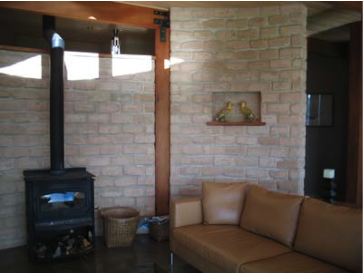Performance
- Will adobe brick walls wash away in the rain?
- Are adobe brick walls safe from earthquakes?
- Do adobe brick walls get dusty?
- What about fire, ants, floods, etc?
- What maintenance do the adobe walls require?
- What are the environmental benefits of building with adobe?
- Is earth construction experiencing some sort of fad?
- Why has adobe brick building been so popular over the last 10,000 years?
- How do the thermal dynamics perform in hot and cold climates?
- What is the R-value of adobe?
1. Will adobe brick walls wash away in the rain?
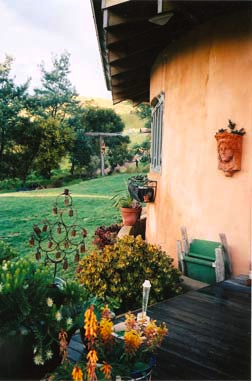
A well-designed mix resists degradation and will remain durable for centuries. At any point, the building can be plastered, with the same material the bricks and mortar is made from, to further enhance durability.
The use of a small percentage of stabilizer, such as Portland cement, can be added to increase the resistance to moisture in wet climates.
Typically a roof overhang of just 1 foot (300mm) is sufficient to protect the walls from rain.
We have built the majority of our adobe homes in New Zealand's wet climate, where it rains 5 out of 7 days 8 months of the year. Now you know why it's such a beautiful green country.
2. Are adobe brick walls safe from earthquakes?
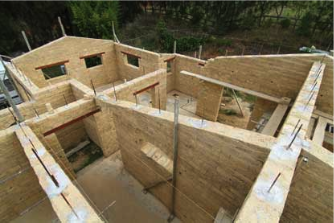
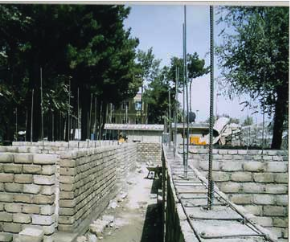
Modern adobe brick building design integrates engineering principles such as: maximum wall span and height, minimum brick strength, bond beams, and vertical and horizontal reinforcing to ensure performance in the face of adversity. Our adobe brick walls have both horizontal and vertical reinforcement in concrete grouted columns and are engineered with appropriate design for the region. The building on the right is in Kabul, Afghanistan, a high seismic area. Our team went to Kabul to assist in an adobe brick project with USAID and the Ministry of Health in Afghanistan.
3. Do adobe brick walls get dusty?
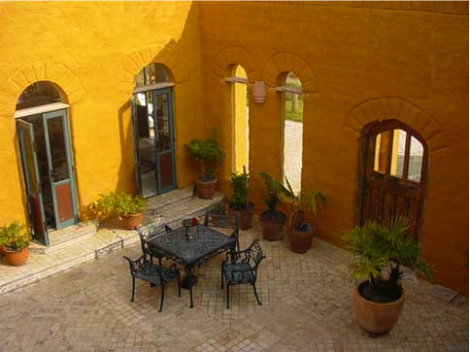
No. Well built adobe brick walls are strong and durable with a smooth and clean finish. Clay based plasters give a brilliant finish that are dust-free, sponge-wipe cleanable, and rainwater shedding. For fun, we have thrown an egg at a earth plastered wall and wiped the wall clean with a sponge.
4. What about fires, ants, floods, etc.?
Properly built adobe walls are vermin-proof, dust-free, fire-proof, flood-proof, insect-proof, bullet-proof, (yes, this has been tested), rust-proof, water-proof, and since adobe is non-toxic, the walls are non-allergenic. Did we miss anything?
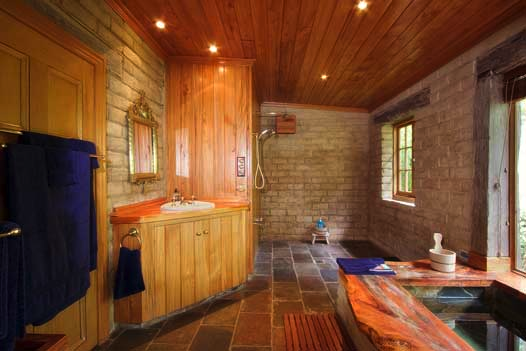
5. What maintenance do the adobe walls require?
Adobe walls are remarkably long-lasting and require little to no maintenance. You will never have to paint them, though they may require an additional plaster or slurry wash every 20 years or so, depending on your climate. This home is showing off a new slurry wash with a marigold oxide in the mix to bring out the desired color for this owner.
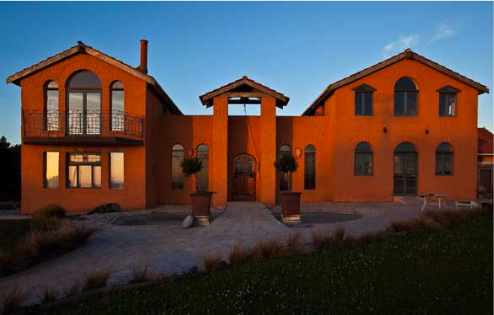
Photo Copyright (c) 2009 Claude Lewenz
6. What are the environmental benefits of building with adobe?
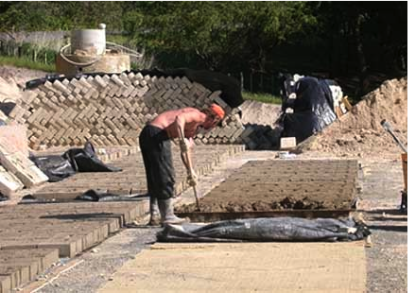
This photo shows how bricks are made onsite using simple tools; wheelbarrows, shovels, forms and a concrete mixer.
7. Is earth construction experiencing some sort of fad?
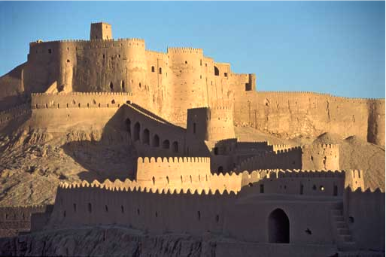
This photo shows the world's largest adobe brick structure in Arg-e-bam, Iran. The origins can be traced back to the Achaemenid Period (6th to 4th centuries B.C.). Photo by Andrew Wheeler, copyright UNESCO.
8. Why has adobe brick building been so popular over the last 10,000 years?
We believe that adobe brick homes are the most common method of earth building for the following reasons:
1. The process uses mainly raw earth and can be done with a minimum of imported materials.
2. It can be done with a minimum amount of gear and even without mechanization.
3. It is very simple and forgiving with good results achieved by novice builders.
1. The process uses mainly raw earth and can be done with a minimum of imported materials.
2. It can be done with a minimum amount of gear and even without mechanization.
3. It is very simple and forgiving with good results achieved by novice builders.
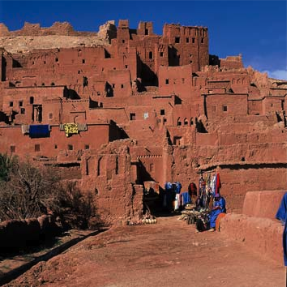
This photo taken in southern Morocco shows an example of a ksar, a group of earthen buildings surrounded by high walls. Photo by Yvon Fruneau copyright UNESCO.
9. How do the thermal dynamics perform in hot and cold climates?
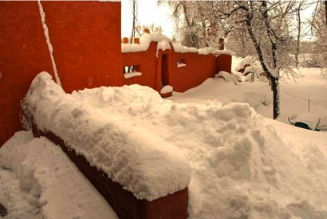
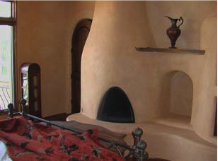
10. What is the R-value of adobe?
